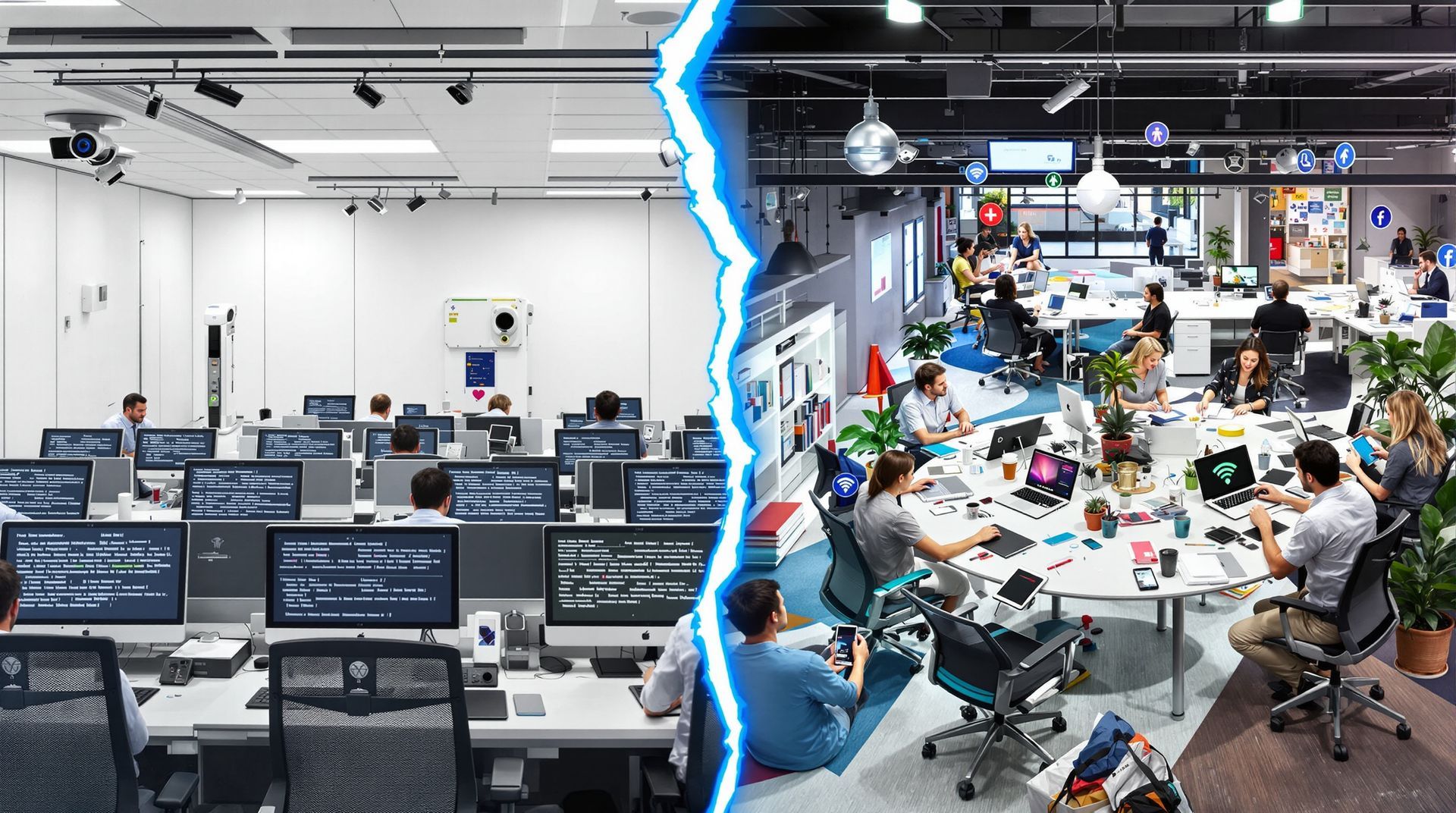The Evolution of Cybersecurity Insurance: Trends and Insights for SMBs
What SMBs Need to Know About Cyber Insurance Trends and Requirements

Cybersecurity insurance has become an essential aspect of risk management for small and medium-sized businesses (SMBs). Initially introduced in the 1990s for large enterprises, these policies have evolved to cover the typical costs associated with data breaches, including remediating malware infections, compromised accounts, and ransomware payments.
The Rising Costs of Data Breaches
Data breaches continue to rise, with 2021 setting a record for the most recorded breaches. In the first quarter of 2022, breaches increased by 14% compared to the previous year. The average cost of a data breach is now $4.35 million globally, with the U.S. average exceeding $9.44 million. These staggering costs have led to an increased demand for cybersecurity insurance.
Cyber Liability Insurance Trends
Several trends are shaping the cybersecurity insurance landscape:
Increasing Demand
As data breach costs continue to balloon, more companies are recognizing the importance of cyber insurance. This increased demand is driving the availability of cybersecurity insurance, with more policy options becoming available.
Rising Premiums
Insurance payouts for cyberattacks have led to a significant increase in premiums. In 2021, cyber insurance premiums rose by 74%. This increase is driven by the costs associated with lawsuits, ransomware payouts, and remediation efforts.
Dropped Coverages
Some insurance carriers are dropping coverage for specific types of attacks, such as "nation-state" attacks and ransomware payouts. This shift places a greater burden on organizations to ensure their backup and recovery strategies are well-planned.
Stricter Qualifications
Qualifying for cybersecurity insurance is becoming increasingly challenging. Insurance carriers are scrutinizing applicants' cyber hygiene, including factors such as network security, multi-factor authentication, and employee security training.
Preparing for Cybersecurity Insurance
To qualify for cyber insurance, organizations must demonstrate robust cybersecurity practices. This may involve:
- Conducting a cybersecurity review
- Implementing advanced threat protection and automated security processes
- Developing a comprehensive backup and recovery strategy
- Providing employee security training
Expert Guidance
Navigating cybersecurity insurance policies and applications can be complex. Working with a trusted IT partner can help identify security enhancements and reduce premiums. If you're considering cybersecurity insurance, don't hesitate to seek expert guidance to ensure you're adequately protected.
By understanding the evolving landscape of cybersecurity insurance, SMBs can better protect themselves against the rising costs of data breaches and cyberattacks.
HCS Technical Services



FIND US
HCS Technical Services LLC
120 Riverwalk Dr. STE 310
San Marcos, TX 78666
LET'S CONNECT
Marketing by
Right Tool Media LLC
© HCS Technical Services LLC | Website by Right Tool Media








